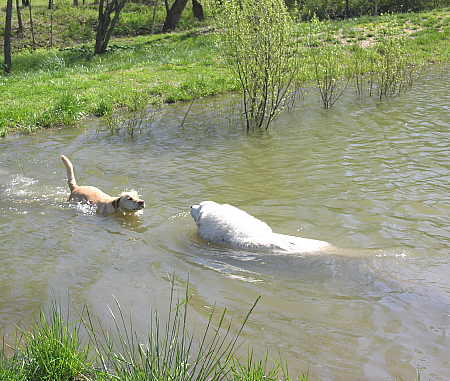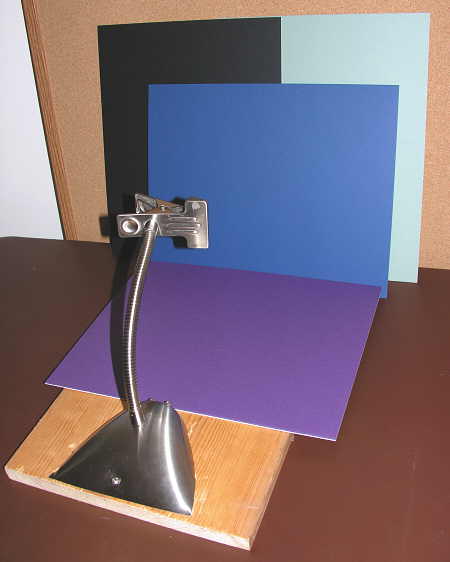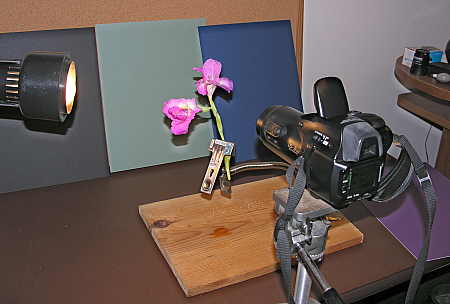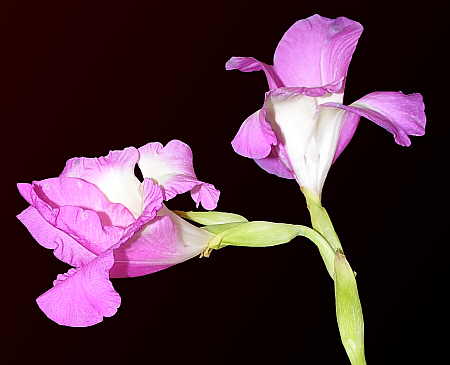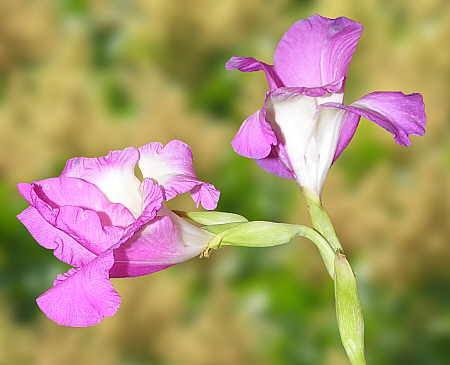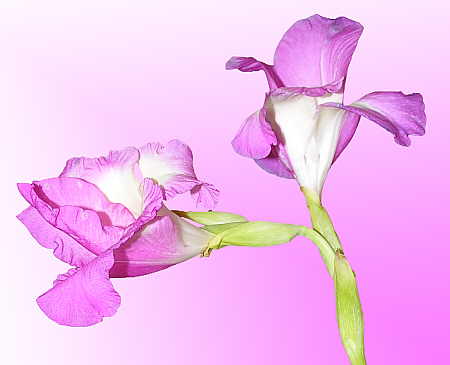The Most Effective Fence Ever Grown?
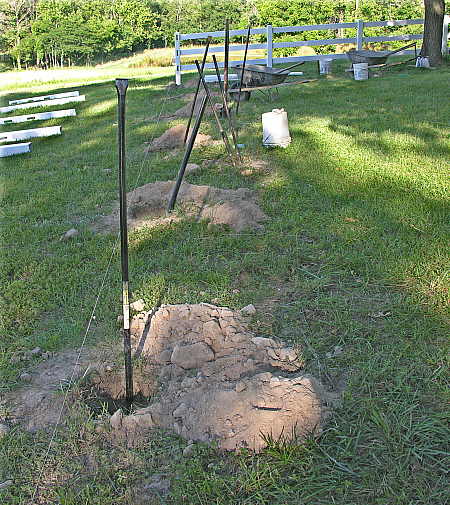
As you can see from the photograph above, we are in the midst of a multi-years long fencing project here at the ranch. The reason for this undertaking is simple – much of the existing fencing on the property is in the neighborhood of 20-25 years old, and as a result of it’s age, maintenance and upkeep have become problematic for this middle-aged baby boomer with a recalcitrant back.
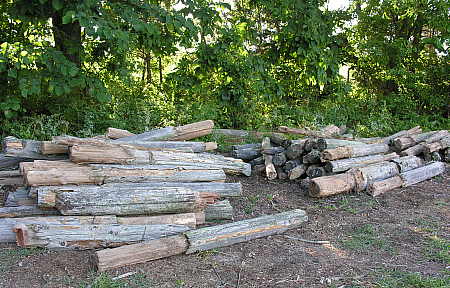
Although there are numerous potential problems with old farm fencing, we were primarily faced with deteriorating cedar fence posts, as shown above. The posts still retained their structural integrity, however the outer layers of wood have degraded to the point that they will no longer hold a fencing staple or nail. As a result, frequent maintenance has been required to shore up sagging woven field-fencing and lengthy runs of barbed wire. A by-product of this fencing project is that we now have a new batch of clean and well seasoned firewood to burn this winter, after I cut and split the old posts this fall.
We have opted to convert our horse pasture fencing to a modern, polyvinyl 3-rail equestrian fencing. The draw of this type of fencing is the promise of a long and maintenance-free useful working lifespan. When the project is finished, we shall have erected approximately 3000-4000 feet of 3-rail fence, which will enclose the barn and paddock area, and three grazing pastures. The picture below shows some of the fencing that has already been completed to date –
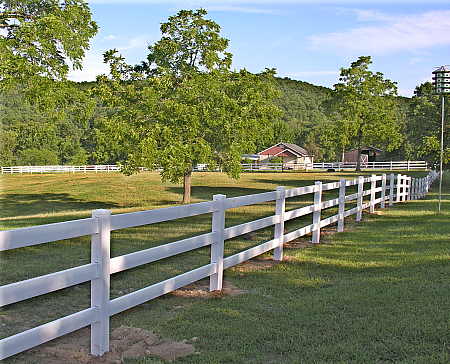
Okay, so how does our current fencing project relate to a “Flashback in Time?” Well, as I sat one day observing our new fencing, I began to think about all of the fencing systems I could remember seeing in the past. There are many materials included in my mental fencing inventory, and many construction methods are represented.
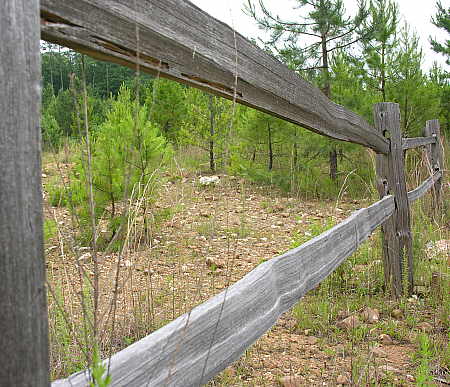
Perhaps the closest cousin to the polyvinyl 3-rail fencing that we are installing is the split rail fencing shown above. Constructed of naturally occurring regional timber, this was a common type of fencing used around farms and homesteads throughout the nineteenth and twentieth centuries. This style of fence is relatively strong, easy to build, and somewhat durable. The main disadvantage of this type of fence is it’s susceptibility to rotting, as you can see in the upper left in the photograph above, and the fact that it will only contain a limited variety of livestock, due to the large gaps between the rails. It will certainly not deter entry by human interlopers, nor will it keep small critters out of your garden. A split-rail fence like the one shown above is low on the durability scale, and offers some of the least intrusion protection of any fencing construction styles.
If the split-rail fencing is among the least effective types of fencing that I have seen, then what type of fencing construction tops my list? It is a type of fencing that few of you worthy and knowledgeable blog readers have probably encountered. Some time ago, I had the good fortune to travel to the island of Bonaire, in the Dutch Antilles region of the Caribbean Sea.  This was a scuba diving trip to tropical waters, but the diving was done a little different than on most tropical islands. Because of the topography of the island, the serenity of the waters on the leeward side, and the proximity of the fringing reefs to the shore, Bonaire is an ideal venue for beach diving (that is, entry from the shore rather than from a dive boat). Because of this, I rented a vehicle to use for the purpose of transporting myself and my dive gear to the various dive sites.  This afforded me the opportunity to sight see as I traveled from reef to reef. One day, as I was driving to a dive site at the southern end of the island, I came across the following sight –
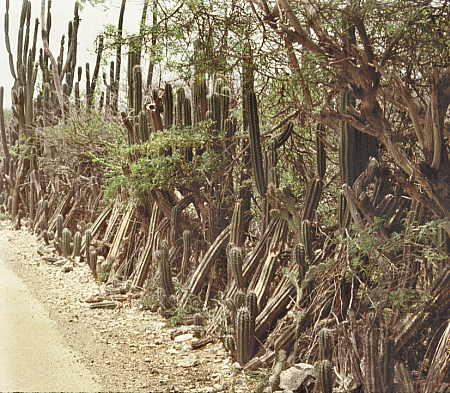
Along the roadside, and surrounding a small farm, was a row of cacti. Having spent an appreciable amount of time in the deserts of the southwestern United States, I was familiar with many types of cacti, but I had never seen such a uniform and closely spaced row growing in the wild. It sparked my curiosity, and I stopped to take a picture of this sight. As luck would have it, the owner of this farm happened to be entering the property at the time, and he came over to talk with me. I asked him about the cactus, and he explained what this was all about. Many farmers on this desert island built their fences initially with barbed-wire. Immediately, they plant small cacti along the fence line. By the time the original barbed-wire fence has reached an age when maintenance would be required, the cactus will have grown to a point that it acts as an effective barrier. The beauty of this type of fence construction is that the longer the fence exists, the better it is at fulfilling it’s intended purpose. Not only does this fence resist deterioration with time, it provides perpetual intrusion protection and livestock containment. Would you attempt to gain entry to this farm by penetrating the fence? Do you think a cow, horse or hog would challenge this fence? I think not.
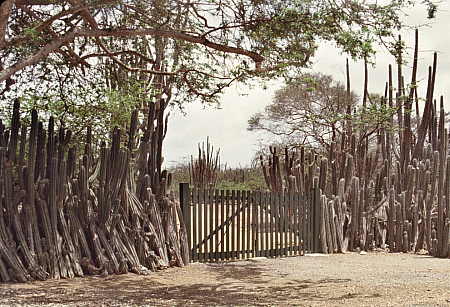
Here is a picture of the gated entryway to the farm I encountered. The farmer explained that these gates were the only part of the fencing system that ever needed maintenance (not counting the time a drunk driver managed to plow his car through the cacti).
The cactus fencing on the island of Bonaire is the most effective and durable fencing that I have ever encountered, but I don’t think Retta will approve of it here on our ranch. She detests skin-lacerating, flesh puncturing barbed wire enough as it is, and I am certain that she would approve of cactus spines even less.

